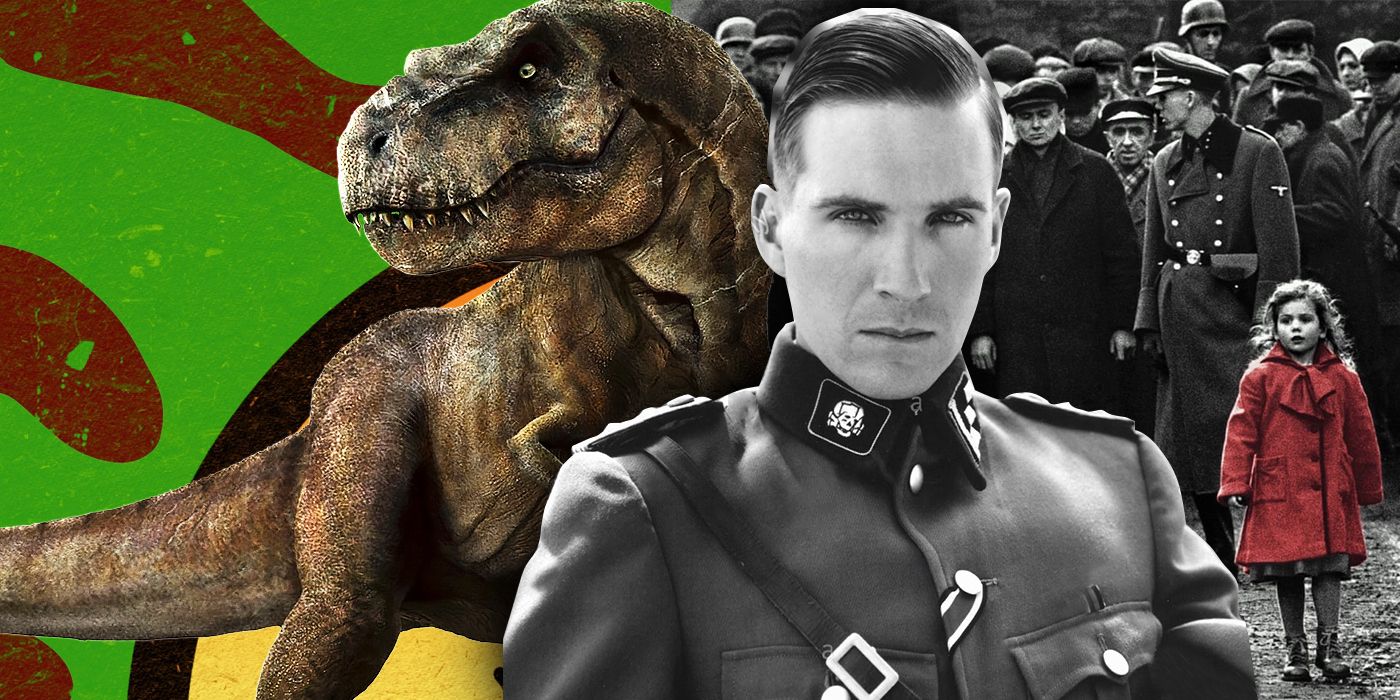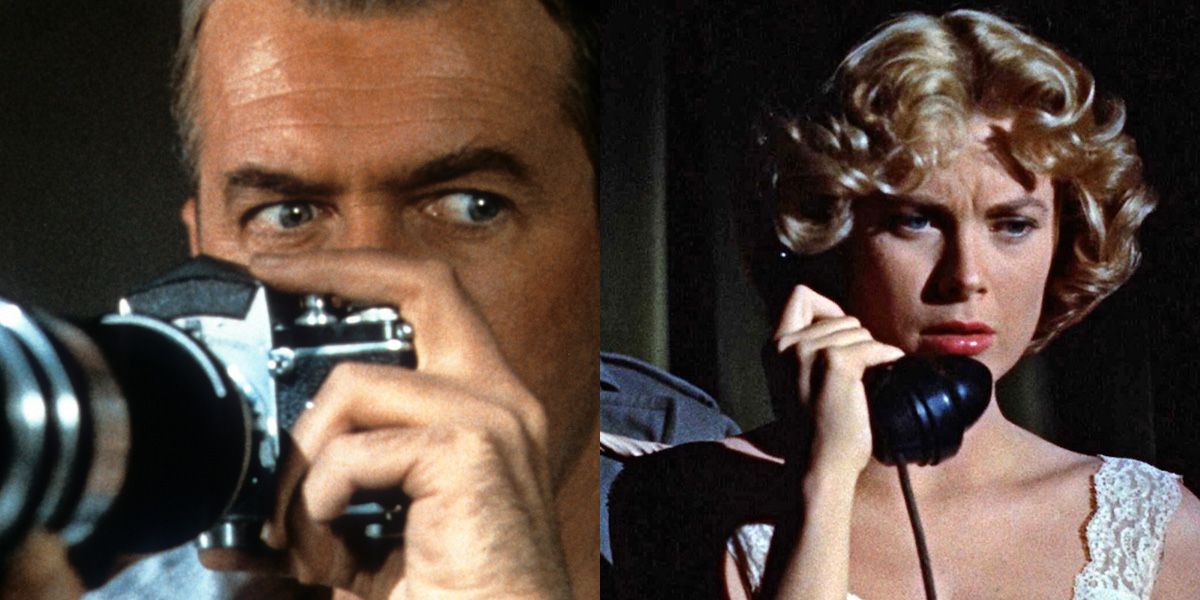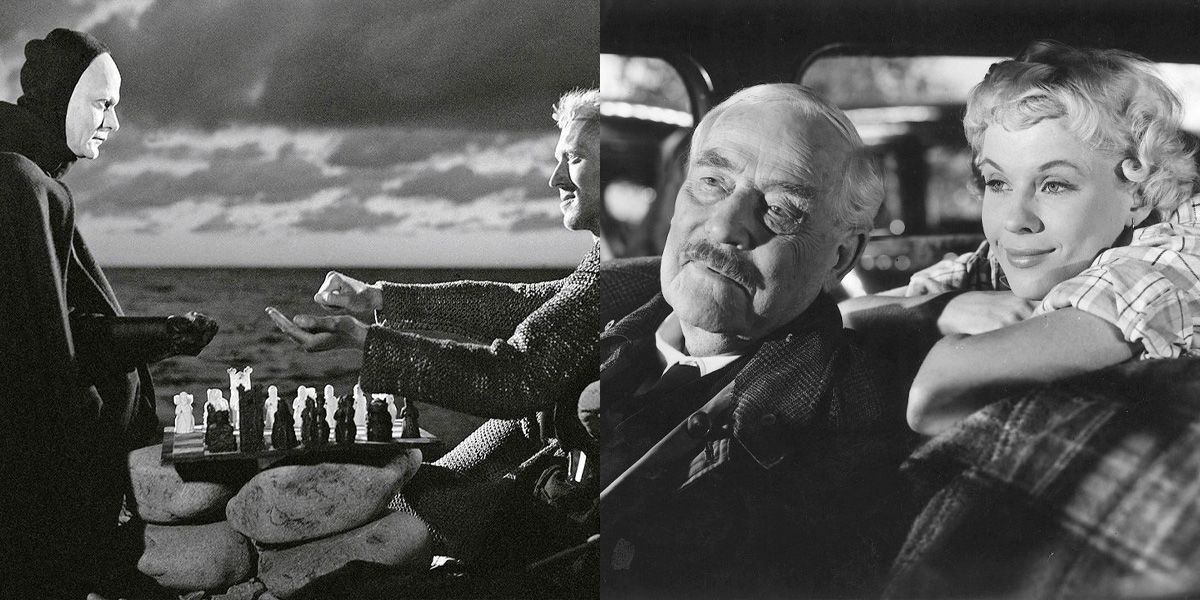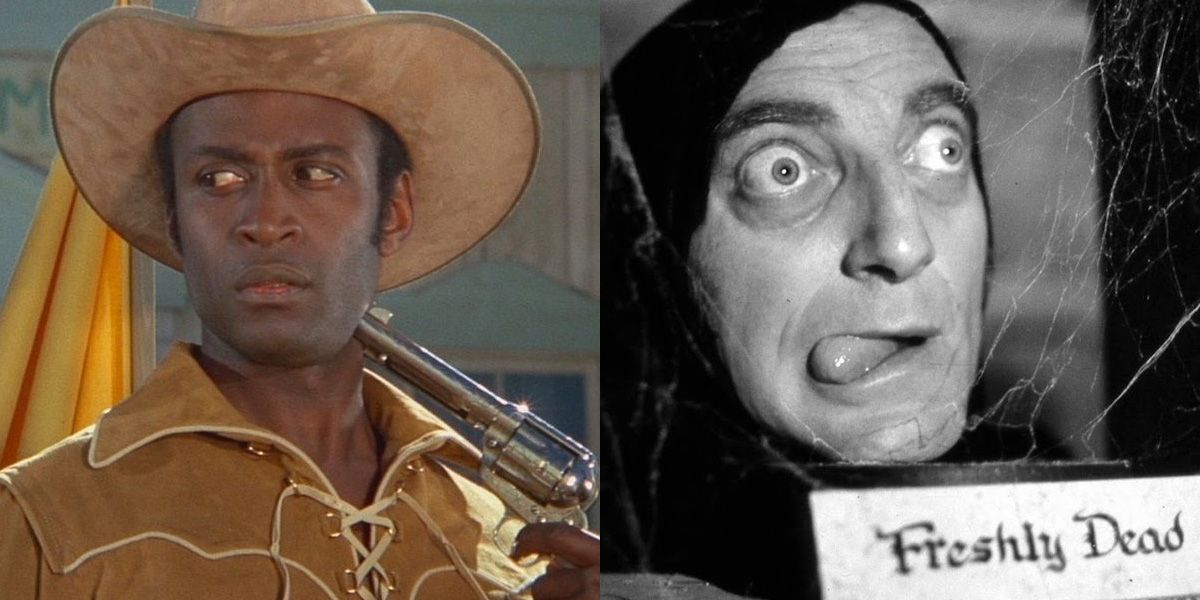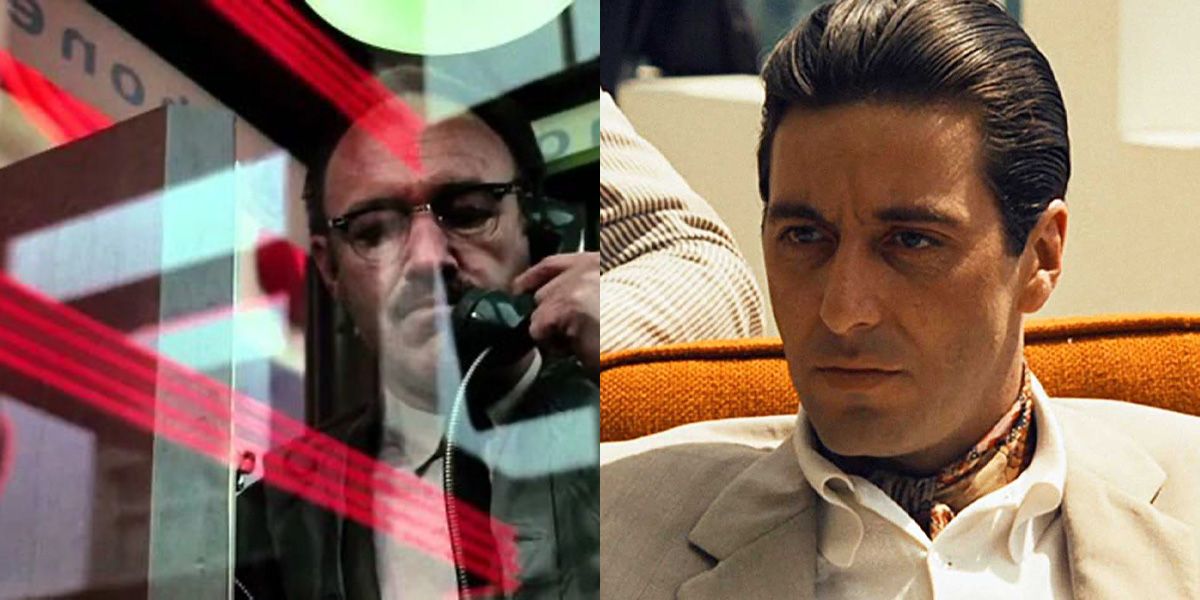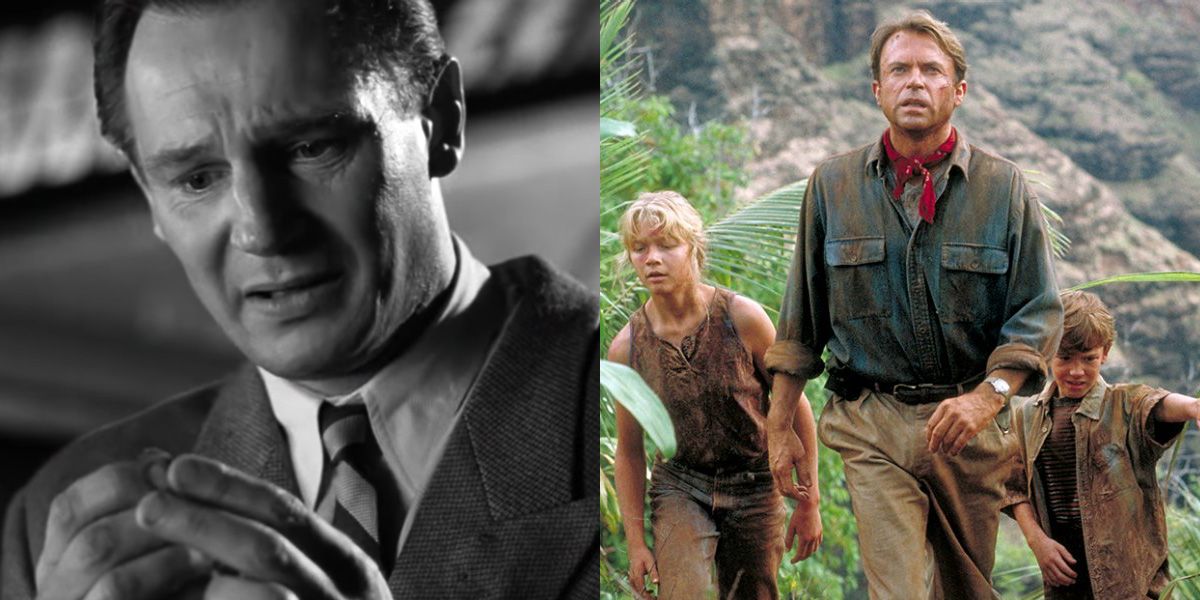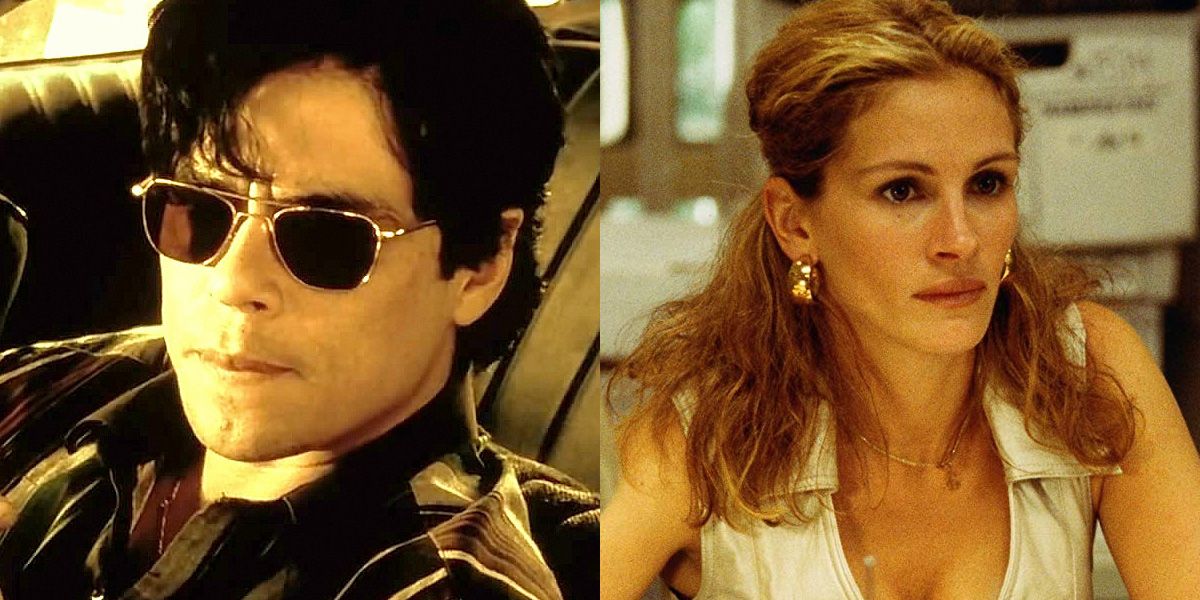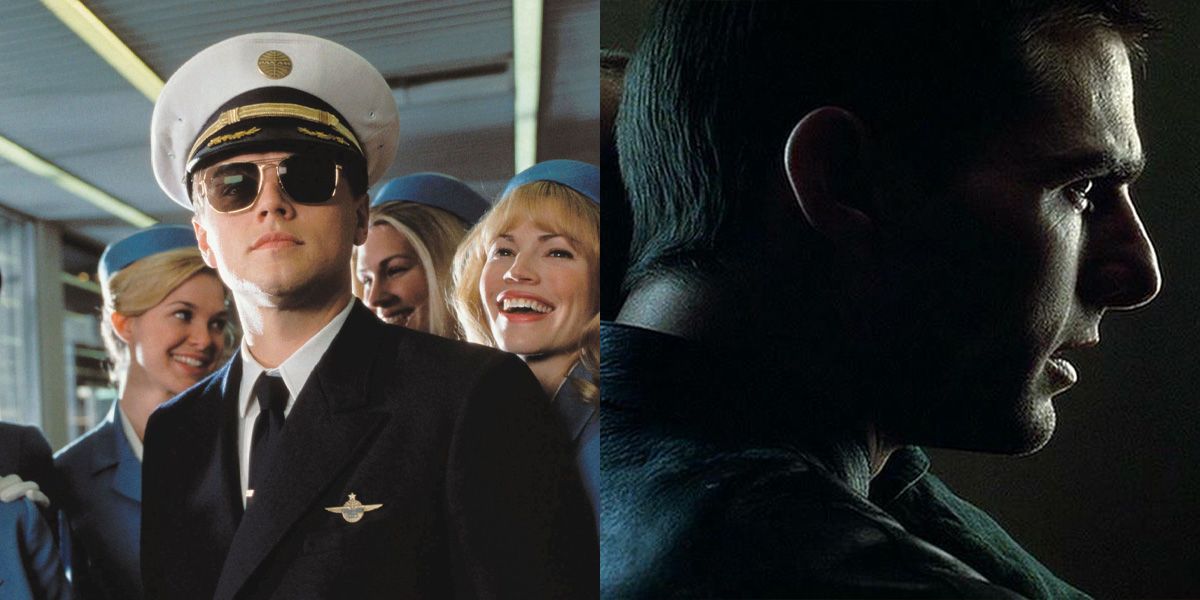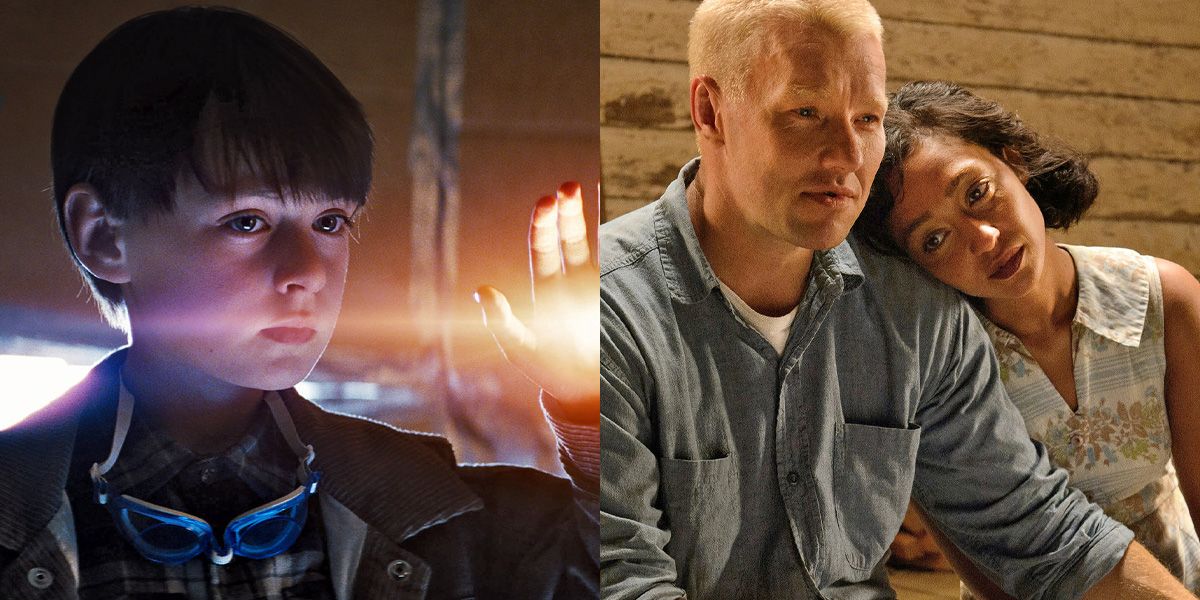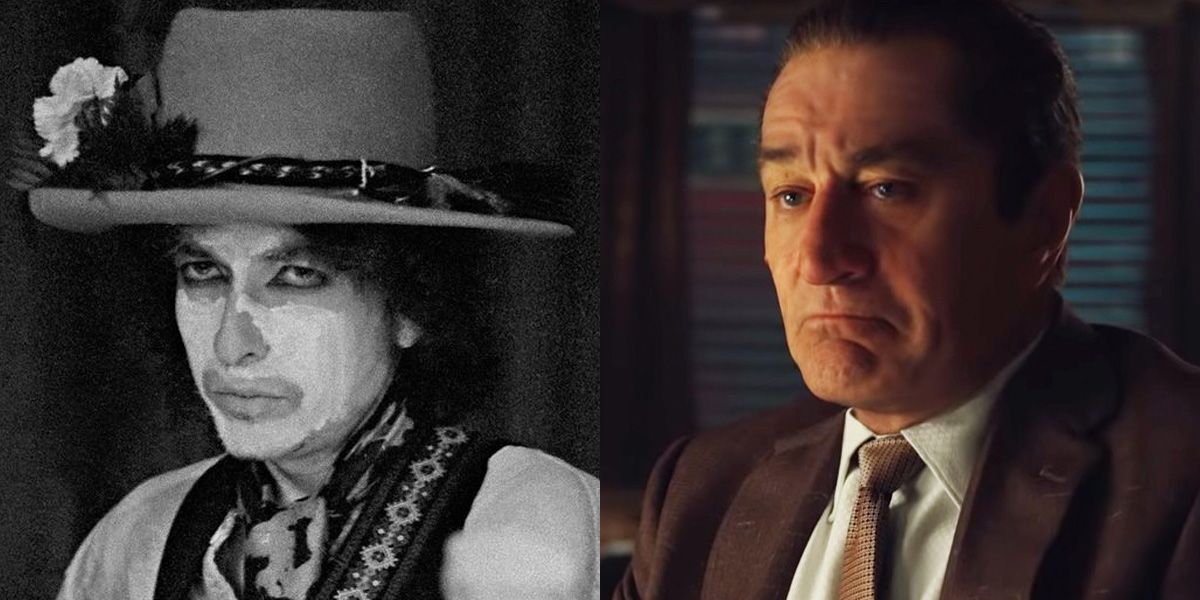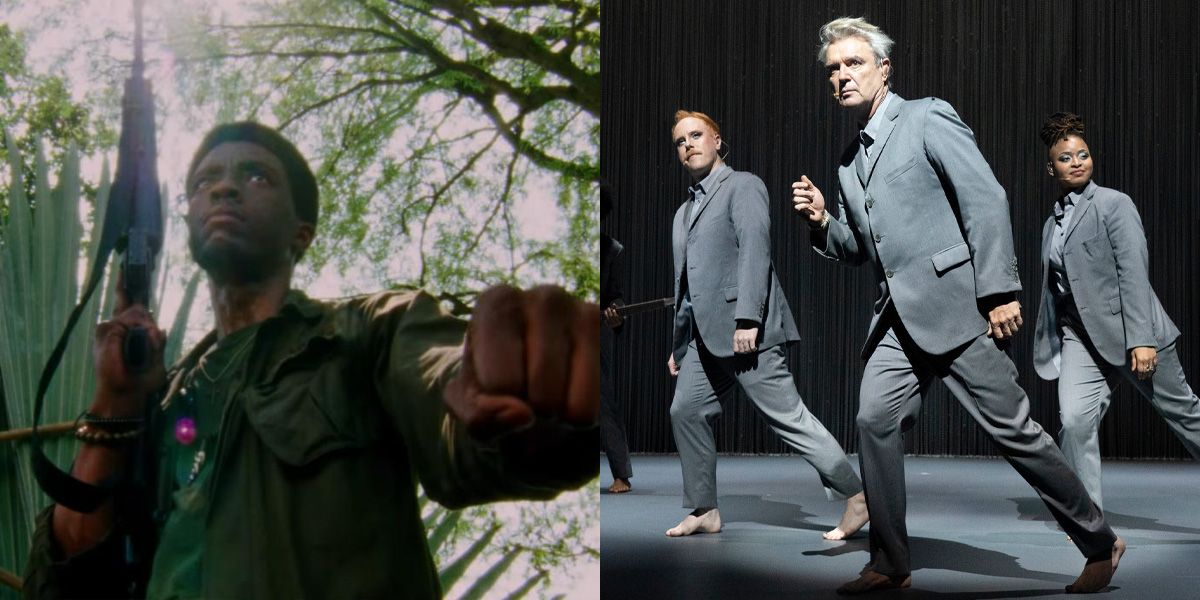At 83 years old, Ridley Scott is still as prolific as ever with two exciting upcoming projects slated for this year. Both the controversial medieval revenge film The Last Duel and the star-studded biopic House of Gucci enter 2021’s awards season, and regardless of the reception they receive, it's impressive that Scott is debuting two elaborate historical epics within a month of each other. This isn’t even a first for Scott; he debuted both the horror sequel Hannibal and the war drama Black Hawk Down in 2001, and later released the sci-fi prequel Alien: Covenant and the kidnapping thriller All the Money in the World in 2017.
Directing two films released the same year is impressive in its own right, but some filmmakers managed to direct two genuine masterpieces within a twelve month span. Whether they speak to similar themes or showcase different sides of the director’s talents, these successive runs show filmmakers at their creative peaks.
Alfred Hitchcock, 1954 (Rear Window and Dial M For Murder)
Alfred Hitchcock isn’t just one of the greatest filmmakers of all-time, but one of the most prolific. With a career spanning over five decades, Hitchcock has over fifty credited directorial works to his name. Although the majority of his output is strong, in 1954 he reached a peak with the voyeruistic chamberpiece Rear Window and the untraditional murder mystery Dial M For Murder.
Not only are both films among Hitchcock’s best, but they both did something new with a familiar subgenre of thriller. Rear Window mined tension from an isolated environment; James Stewart’s protagonist is distanced from engaging in the conflict, isolated from the action in the same way the viewer is. Dial M For Murder similarly plays with perspective, revealing the plot to kill Grace Kelly’s character within the opening scene, but only steadily letting her unravel the clues. Hitchcock’s inventiveness and intimate relationship with his audience was highlighted during this stage of his career.
Ingmar Bergman, 1957 (The Seventh Seal and Wild Strawberries)
Ingmar Bergman was highly influential for 1970s filmmakers including Martin Scorsese, as the Swedish filmmaker’s extensive contributions to film, theater, and television were a wealth of originality. 1957 saw the release of two of Bergman’s best films: the metaphorical medieval fantasy The Seventh Seal and the sentimental drama Wild Strawberries. While both films feature characters confronting their own death, they approach the themes through different genres.
The Seventh Seal follows a knight (Max von Sydow) as he plays a game of chess with the personification of Death (Bengt Ekerot), and infuses religious and philosophical metaphors within a period adventure. While it’s tough to call any of Bergman’s films “heartwarming,” Wild Strawberries follows the more optimistic reflections of an aging professor (Victor Sjöström) as he celebrates his career. Bergman wrote this existential double feature while hospitalized.
Mel Brooks, 1974 (Blazing Saddles and Young Frankenstein)
Mel Brooks had already proven he could translate the satirical comedy of his television and stand up career to the big screen with his directorial debut The Producers in 1967. In 1974 Brooks created two of the greatest spoof films of all-time. Drawing from the films he’d loved growing up, Young Frankenstein retold the story of Victor Frankenstein through the eyes of his incompetent descendant, and Blazing Saddles lampooned the cliches of western adventure stories and offered searing commentary on racism.
Both films featured innovative directorial choices that distinguished them from other spoofs. Brooks shot Young Frankenstein in black-and-white and emulated the stylistic flourishes of early monster movies. Blazing Saddles frequently broke the fourth wall, but also generated controversy due to its depiction of race relations. Brooks continued with these ambitions as he critiqued other genres throughout his career, but he never topped the iconic double feature of 1974.
Francis Ford Coppola, 1974 (The Conversation and The Godfather: Part II)
Francis Ford Coppola was already a household name thanks to the success of The Godfather, and he faced heightened expectations in 1974. The Godfather: Part II was an ambitious sequel to what at the time was the highest grossing film ever made, and The Conversation explicitly depicted government surveillance mere months after the Watergate scandal (even if the film wasn’t specifically about Nixon).
It was an ambitious undertaking, and Coppola crafted two masterpieces: one a timeless epic and the other a timely commentary on current anxieties. The Godfather: Part II expanded upon the Corleone family’s history across several decades, following the perspectives of an expanded cast of characters. The Conversation is more tightly wound, condensing a complex moral dilemma through the eyes of Gene Hackman’s protagonist who is given only limited access to information. Coppola’s success with stories of wildly different scopes resulted in a novelty at the Academy Awards; both films competed against each other for Best Picture.
Steven Spielberg, 1993 (Schindler’s List and Jurassic Park)
In 1993, Steven Spielberg landed two distinct honors. Jurassic Park took over the cultural zeitgeist and became the highest grossing film of all-time, and with Schindler’s List Spielberg finally earned the Academy Awards for Best Picture and Best Director that had long eluded him. Balancing breakthrough visual effects innovations with a personal story about his heritage, Spielberg silenced doubters that he had peaked.
Spielberg is among the hardest working directors in Hollywood, but this ambitious directorial undertaking pushed him to his limits. Spielberg had waited over ten years to adapt the story of Schindler’s List because he felt he wasn’t mature enough to depict the Holocaust, and he’d picked up the rights to Jurassic Park before the novel had even hit shelves. He edited the unprecedented digital recreation of prehistoric creatures at night while shooting the gruelling emotional story of Oskar Schindler during the day. It was a feat of dexterity that only Spielberg could handle.
Steven Soderbergh, 2000 (Traffic and Erin Brockovich)
While Steven Soderbergh is one of the icons of the streaming era thanks to his innovative release strategies, in 2000 he was firmly within the studio system. However, the meticulous attention-to-detail that had distinguished his breakout films wasn’t lost with higher budgets. At the turn of the century, he helmed two extensively researched dramas that tackled relevant issues. Erin Brokovich is among Soderbergh’s most inspirational crowd pleasers, but Traffic is a hopeless window into the War on Drugs.
Few directors weaponize star power like Soderbergh, and with Erin Brokovich he gave Julia Roberts one of her most iconic roles as the unemployed single mother who built a case against the Pacific Gas and Electric Company. Traffic balanced a stacked ensemble of characters in order to cover the perspectives of law enforcement, politicians, drug traffickers, and victims of addiction, told across three interconnected storylines. For this challenging undertaking, Soderbergh became the first director since Michael Curtiz in 1938 to earn two nominations in the same year for Best Director, winning for Traffic.
Steven Spielberg (Again), 2002 (Catch Me If You Can and Minority Report)
Spielberg pops up again with his subversion of two familiar genres. Catch Me If You Can may seem like a fun heist caper from its plot synopsis, but the story of teenage con artist Frank Abegnale Jr. (Leonardo DiCaprio) explored the damaged psyche of a character unable to form permanent connections. Minority Report tackled weighty themes of free will and determinism through the prism of a sci-fi noir, but also featured some of Spielberg’s most innovative action sequences.
The 2002 double header showed Spielberg’s dedication to grounding his films in lived-in environments. While elements of the true story were changed (and the “truth” of the story is somewhat dubious), Spielberg conducted extensive research in order to authentically recreate period details of the 1960s for Catch Me If You Can. Minority Report was a vision of the future created from Spielberg’s imagination, and many of his predictions on technological developments have made their way into reality. What’s incredible is this wasn’t even the last great double feature from Spielberg; in 2005 he helmed both the grizzly espionage thriller Munich and the underrated sci-fi disaster film War of the Worlds.
Jeff Nichols, 2016 (Midnight Special and Loving)
One of the greatest independent filmmakers working today, Jeff Nichols often tells beautiful stories about sensitive characters cut off from society. In 2016, Nichols used this intimate approach to spotlight an important moment in history and reimagine the superhero origin story from the perspective of a loving father. The events of Loving have important historical ramifications, and Midnight Special develops a unique sci-fi mythology. Nichols chooses to focus on families torn apart by forces they can’t control.
Loving tells the story of Mildred (Ruth Negga) and Richard (Joel Edgerton) Loving, an interracial couple in the 1960s prohibited from marriage, and how they brought their case to the Supreme Court. Midnight Special follows the journey of a single father (Michael Shannon) to protect his superpowered child (Jaeden Martell) from the pursuits of government forces. Both films are underrated; although Negga received an Academy Award nomination, Loving deserved to be a major awards contender due to its timely subject matter, and Midnight Special is an underseen throwback to ‘80s Spielbergian sci-fi classics.
Martin Scorsese, 2019 (Rolling Thunder Revue and The Irishman)
2019 was the culmination of two of Martin Scorsese’s key interests. The Irishman is Scorsese’s reflection on the gangster genre he’s closely associated with, and Rolling Thunder Revue is one of his more unusual forays into music documentaries. Scorsese used Netflix’s resources to fund two unique passion projects that both shed insight on his earlier work.
The Irishman explores the consequences of the gangster lifestyle on familial life. While Mean Streets or Goodfellas certainly don’t romanticize the mafia, The Irishman’s epic 209-minute runtime examines how isolating a lifelong pursuit of crime can be as the characters age and have no one to care for them. Scorsese has been actively involved in music documentaries since The Last Waltz in 1978, and Rolling Thunder Revue reunited him with Bob Dylan after telling the singer’s life story in 2005 with No Direction Home. This time Scorsese spotlighted a specific moment in Dylan’s career, but also included fictitious elements framed as facts, creating an amusing series of half-truths. Both films are welcome rewards for Scorsese’s fans.
Spike Lee, 2020 (Da 5 Bloods and American Utopia)
Few filmmakers are as in sync with socially conscious topics as Spike Lee, and last year Lee reinvented two familiar subgenres with his unique voice. Da 5 Bloods draws inspiration from classic adventure films like The Treasure of the Sierra Madre and war epics like Apocalypse Now for a complex morality tale that explores the trauma of black Vietnam veterans. While American Utopia is a filmed version of David Byrne’s stage show, Lee includes elements of performance art, theater, comedy, and inserts of relevant news stories for an immersive cross genre experience.
Both films show Lee’s ability to recraft stories from his perspective. Lee and co-writer Kevin Willmont rewrote a 2013 spec script by Danny Bilson and Paul De Meo to tell Da 5 Bloods from a black perspective, and included flashback sequences that make the central treasure hunt more tragic. There were high expectations for a new David Byrne concert film, as the classic Stop Making Sense by Jonathan Demme is often cited as one of the greatest concert films ever made, but American Utopia inclusion of underrepresented voices updated the music for 2020 audiences.

